Tile Replacement in Portion of Bathroom
KDS2208
10 years ago
Related Stories
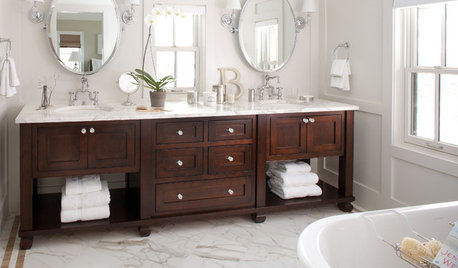
BATHROOM DESIGNBathroom Design: Getting Tile Around the Vanity Right
Prevent water damage and get a seamless look with these pro tips for tiling under and around a bathroom vanity
Full Story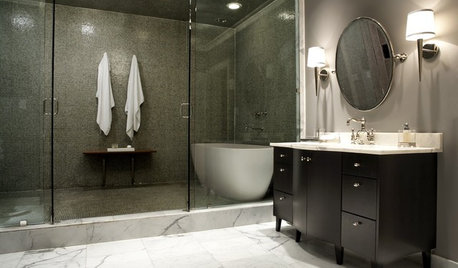
BATHROOM DESIGNHow to Choose Tile for a Steam Shower
In steamy quarters, tile needs to stand up to all that water and vapor in style. Here's how to get it right the first time
Full Story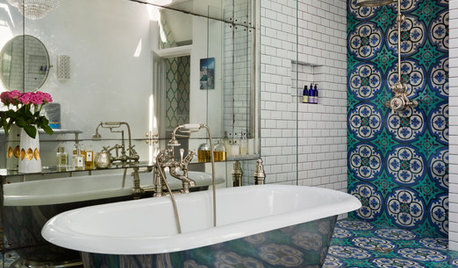
BATHROOM DESIGNRoom of the Day: Bold Tile and Classic Style in a London Bath
Vivid Mediterranean hues and vintage-style hardware create a stunning family bathroom
Full Story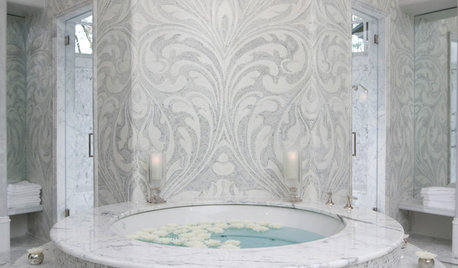
BATHROOM DESIGNPolish Your Bathroom's Look With Wrapped Tile
Corner the market on compliments for your bathroom renovation by paying attention to where the walls meet and the edges round
Full Story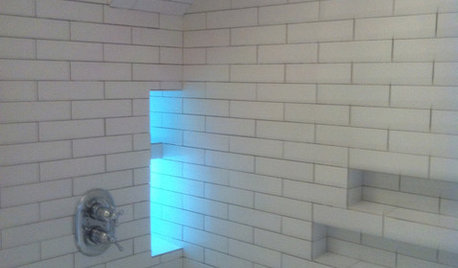
BATHROOM DESIGN10 Top Tips for Getting Bathroom Tile Right
Good planning is essential for bathroom tile that's set properly and works with the rest of your renovation. These tips help you do it right
Full Story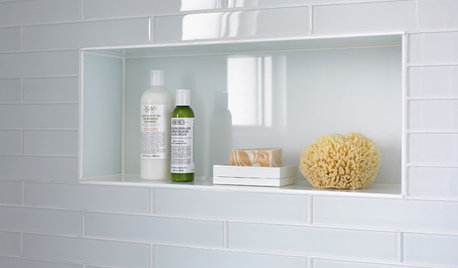
SHOWERSTurn Your Shower Niche Into a Design Star
Clear glass surrounds have raised the design bar for details such as shampoo and soap shelves. Here are 4 standouts
Full Story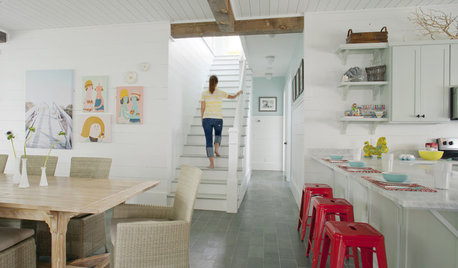
REMODELING GUIDESTile Floors Help a Hot Home Chill Out
Replace your hot-weather woes with a cool feel for toes when you treat your floors to deliciously refreshing tile
Full Story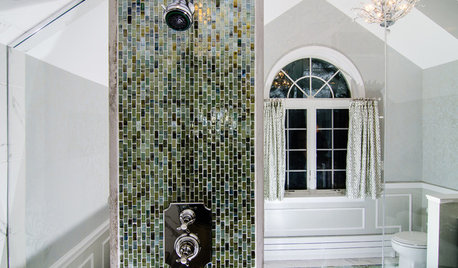
BEFORE AND AFTERSA Chilly Massachusetts Bathroom Gets the Hotel-Spa Treatment
Luxurious details including a steam shower and radiant-heat flooring create a relaxing private master bathroom for a couple
Full Story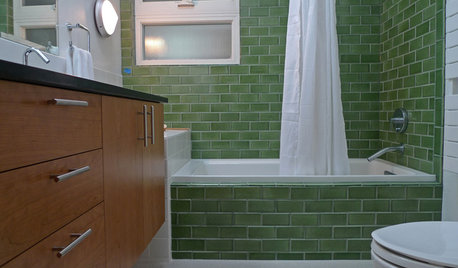
BATHROOM DESIGNBathroom Surfaces: Ceramic Tile Pros and Cons
Learn the facts on this popular material for bathroom walls and floors, including costs and maintenance needs, before you commit
Full Story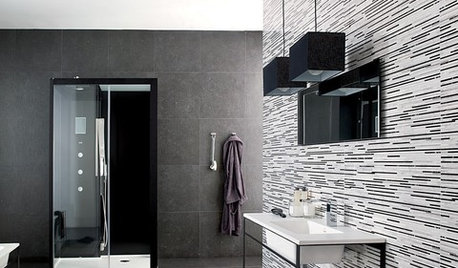
BATHROOM DESIGN2012 Tile Trends: Bathroom
Eclectic tiles will make a splash in bathroom design this year
Full Story






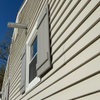

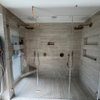
palimpsest
KDS2208Original Author
Related Professionals
Bloomington Kitchen & Bathroom Designers · Fairland Kitchen & Bathroom Remodelers · Honolulu Kitchen & Bathroom Remodelers · Oklahoma City Kitchen & Bathroom Remodelers · Port Arthur Kitchen & Bathroom Remodelers · Rolling Hills Estates Kitchen & Bathroom Remodelers · Sioux Falls Kitchen & Bathroom Remodelers · Toms River Kitchen & Bathroom Remodelers · Waukegan Kitchen & Bathroom Remodelers · Carol City Glass & Shower Door Dealers · Springfield Glass & Shower Door Dealers · Highland Village Cabinets & Cabinetry · New Castle Cabinets & Cabinetry · Richardson Cabinets & Cabinetry · Salisbury Cabinets & CabinetryMongoCT
KDS2208Original Author
KDS2208Original Author